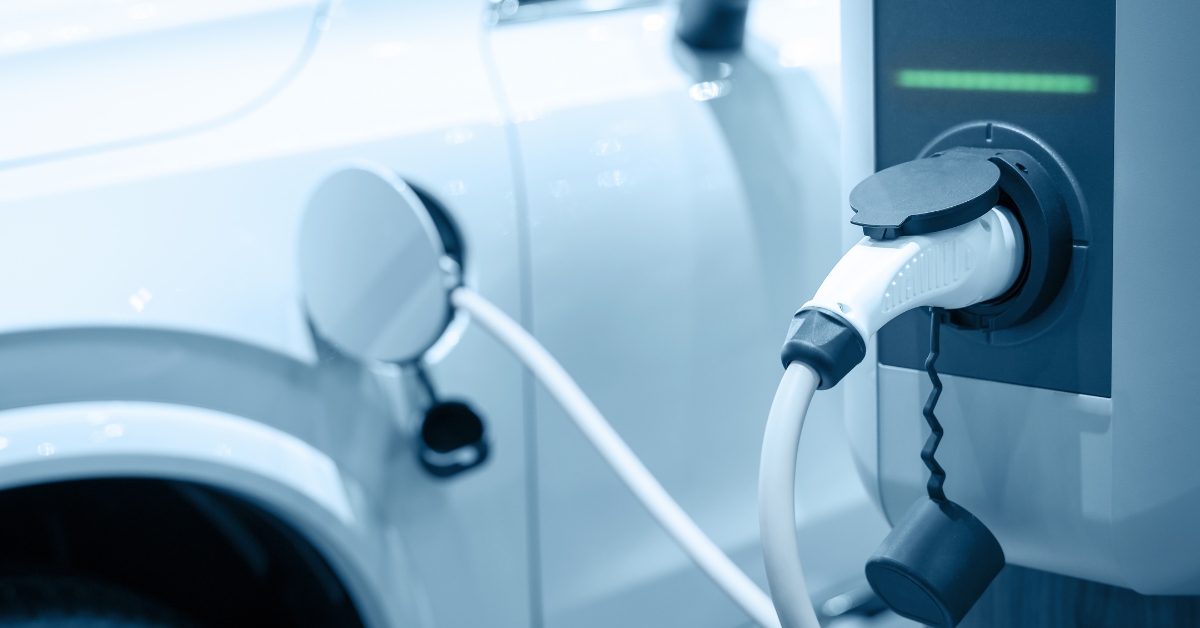
Solar Panel Waste Is A Dark Cloud Over Green Energy
The narrative of solar energy as a clean, green solution is crumbling under the weight of its own waste. The inconvenient truth is that the lifecycle of a solar panel, far from the idealized 20-30 years, is often cut short by technological advancements and environmental factors such as hail damage. This reality, coupled with the aggressive expansion fueled by taxpayer incentives, is setting the stage for an environmental quandary of significant proportions.
The case in Texas, where hail storms ravaged over 400,000 panels, exemplifies the fragility of these supposed harbingers of clean energy. Yet, the aftermath of such events remains shrouded in mystery, with insurance companies bearing the financial brunt. This incident is a mere prelude to the projected installation of 500 million solar panels in Texas alone over the next decade, raising serious concerns about the management of future solar waste.
The allure of newer, more efficient technology often tempts users to replace their panels prematurely, exploiting taxpayer-funded incentives for upgrades. This trend, while beneficial for individual energy efficiency, exacerbates the waste problem. Moreover, the influx of low-quality panels from Chinese manufacturers, prone to failures and hazards, compounds the issue by increasing the risk of residential fires, akin to the dangers posed by electric vehicles.
Recycling solar panels presents a unique challenge, as the cost disparity between landfill disposal and recycling is staggering. The majority of a solar panel’s composition is low-value glass and aluminum, with valuable elements like silicon, silver, and other metals being too diluted to economically recover. Specialized equipment and processes are necessary to dismantle and recycle panels, further inflating costs and reducing the incentive for recycling initiatives. The classification of solar panels as hazardous waste in many states due to their content of toxic metals like lead and cadmium adds another layer of complexity to disposal and recycling efforts.
As the solar industry continues to expand, driven by tax incentives and technological advancements, the looming wave of solar waste demands urgent attention. Current infrastructure and policies are ill-equipped to handle the impending influx, posing significant environmental and financial challenges. The narrative of solar power as a purely clean and sustainable energy source is being challenged by the reality of its lifecycle and disposal issues.
As the evidence mounts, the question becomes: how long can the green lobby continue to ignore the looming crisis of solar panel waste? The answer, unfortunately, seems to be as long as it takes for the problem to become too big to hide. By then, it will be too late, and the environmental and economic costs will be ours to bear. It’s a classic tale of short-sightedness, where the cure is worse than the alleged disease.











